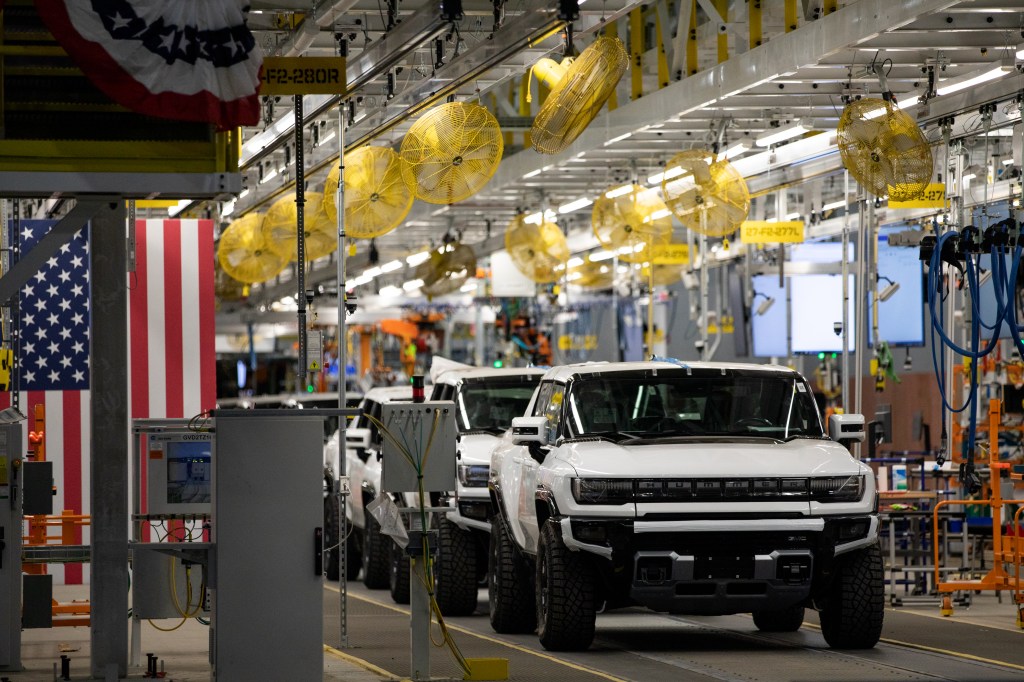General Motors Reduces Workforce Amid Shifting Electric Vehicle Strategy
General Motors (GM) has recently announced a significant reduction in its workforce, affecting thousands of employees across its electric vehicle (EV) and battery manufacturing sectors. This decision reflects the company’s ongoing efforts to realign its operations in response to evolving market dynamics and strategic priorities.
Background and Context
Over the past few years, GM has been at the forefront of the automotive industry’s transition toward electric mobility. The company has made substantial investments in EV technology, including the development of new battery chemistries and the establishment of dedicated manufacturing facilities. However, the rapidly changing market landscape and fluctuating demand for electric vehicles have necessitated a reassessment of these initiatives.
Details of the Workforce Reduction
The recent layoffs encompass a diverse group of employees, including those involved in software development, battery production, and autonomous vehicle operations. Notably:
– Software Division: In August 2024, GM reduced its global software workforce by approximately 1,000 positions. This move aimed to concentrate resources on high-priority projects such as enhancing the Super Cruise driver assistance system and integrating artificial intelligence into vehicle platforms. The company emphasized that these cuts were not driven by cost-saving measures but were intended to streamline operations and accelerate the development of software-defined vehicles.
– BrightDrop Electric Vans: In April 2025, GM announced the elimination of 500 jobs at its Canadian facility responsible for producing BrightDrop electric vans. This decision was attributed to weaker-than-expected demand for these vehicles. The company clarified that the layoffs were unrelated to external factors such as trade policies but were a direct response to market conditions.
– Cruise Autonomous Vehicle Unit: In February 2025, Cruise, GM’s autonomous vehicle subsidiary, reduced its workforce by nearly 50%, affecting approximately 1,000 employees. This significant downsizing followed GM’s decision to halt funding for Cruise’s robotaxi operations, opting instead to focus on integrating autonomous technology into personal vehicles. The layoffs included several top executives and marked a strategic shift in GM’s approach to autonomous driving.
Strategic Shifts and Investments
Despite these workforce reductions, GM continues to invest in the future of electric mobility:
– Battery Technology Advancements: In May 2025, GM unveiled a new lithium-manganese-rich (LMR) battery chemistry. This innovation promises to deliver over 400 miles of range for electric trucks while significantly reducing battery costs. The LMR technology also decreases reliance on nickel and cobalt, minerals that are scarce in domestic markets.
– Partnerships for Battery Enhancement: In October 2024, GM partnered with Forge Nano, a materials science startup, to improve EV battery performance and longevity. This collaboration focuses on developing thin coatings that enhance the safety and lifespan of battery cells, potentially lowering overall battery costs.
– Domestic Battery Production: In July 2025, GM announced plans to upgrade its Ultium battery factory in Tennessee to produce lithium-iron-phosphate (LFP) cells. This initiative aims to challenge China’s dominance in LFP battery production and support the manufacturing of more affordable electric vehicles in the United States.
Implications for the Workforce and Industry
The recent layoffs at GM underscore the challenges automakers face as they navigate the transition to electric vehicles. While the company is making strategic investments to position itself as a leader in the EV market, it must also adapt to market realities and consumer demand. These workforce reductions reflect a broader industry trend of restructuring and realignment in response to the evolving automotive landscape.
Conclusion
General Motors’ decision to reduce its workforce in the EV and battery manufacturing sectors highlights the complexities of transitioning to electric mobility. By focusing on strategic investments and partnerships, GM aims to strengthen its position in the competitive EV market while addressing the challenges posed by fluctuating demand and technological advancements.



